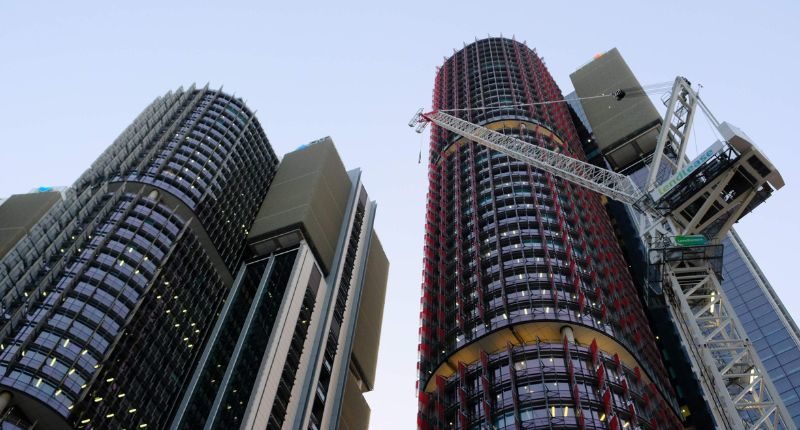- 2022 ended in uncertainty for office property markets.
- Vacancy rates increased, with three drivers identified.
- Australian market showing resilience in the face of slowing markets.
“Watered-down sentiments” for the office property market – that’s how Knight Frank’s Asia Pacific Q4 2022 Office Highlights report anticipates the initial months of 2023 to play out.
That prediction came as post-pandemic optimism turned to clouded uncertainty toward the year-end, and many markets revised down their GDP growth forecasts due to tightening monetary policy, the report said.
The office market also faced an unexpected outcome – record-low unemployment did not translate into higher leasing activity as anticipated. On the contrary, businesses were looking to tighten their belts and ready themselves for another market downturn. Landlords likewise moderated their expectations to remain competitive.
Steady demand in sight
However, Knight Frank’s global head of occupier strategy and solutions, Tim Armstrong remains optimistic. He said in the report:
“Despite the current economic challenges, rental and occupancy levels continue to be strongly supported by steady demand and limited supply. We expect growth in office rents to moderate as occupiers continue to adopt more flexible strategies and be more prudent with their spending. The trend towards flight-to-quality buildings with sustainable features and varied amenities will continue to gain momentum as businesses work towards their Environment Social Governance (ESG) goals.”
Office vacancy rates across the Asia Pacific also expanded for the second consecutive quarter, up 0.8%. The report noted this was due to three factors:
- Stock coming online during Q4 2022,
- Weak leasing demand, and
- Retirement of spaces.
Australian office market increasingly resilient
The office market has all the right ingredients to be robust in the months ahead, as the global economy slows.
Australia’s “solid economic growth” in 2022 was one component for Australia’s resilience in 2023. Also aiding the case was low unemployment, wage growth, strong occupier demand, no new supply completion, and stable vacancy rates and rents.
Forecasted GDP growth, according to Knight Frank Research and Macrobond, is 1.9%, with the unemployment rate predicted to be 3.8%, and inflation 3.0%.
Finally, on Knight Frank’s 2023 office market pendulum, the Perth and Sydney office markets were considered to be balanced, with Melbourne and Brisbane office markets in favour of tenants.











